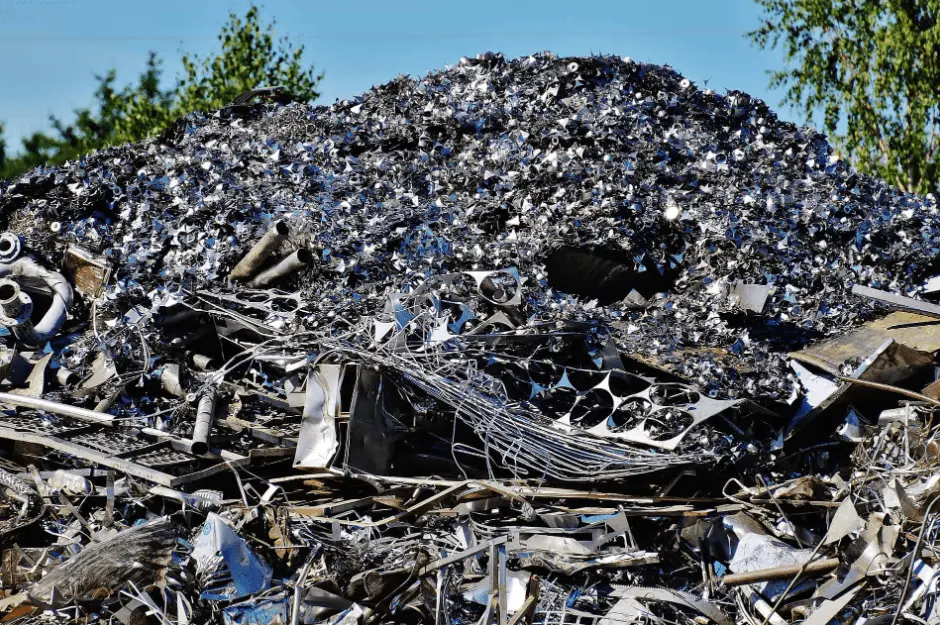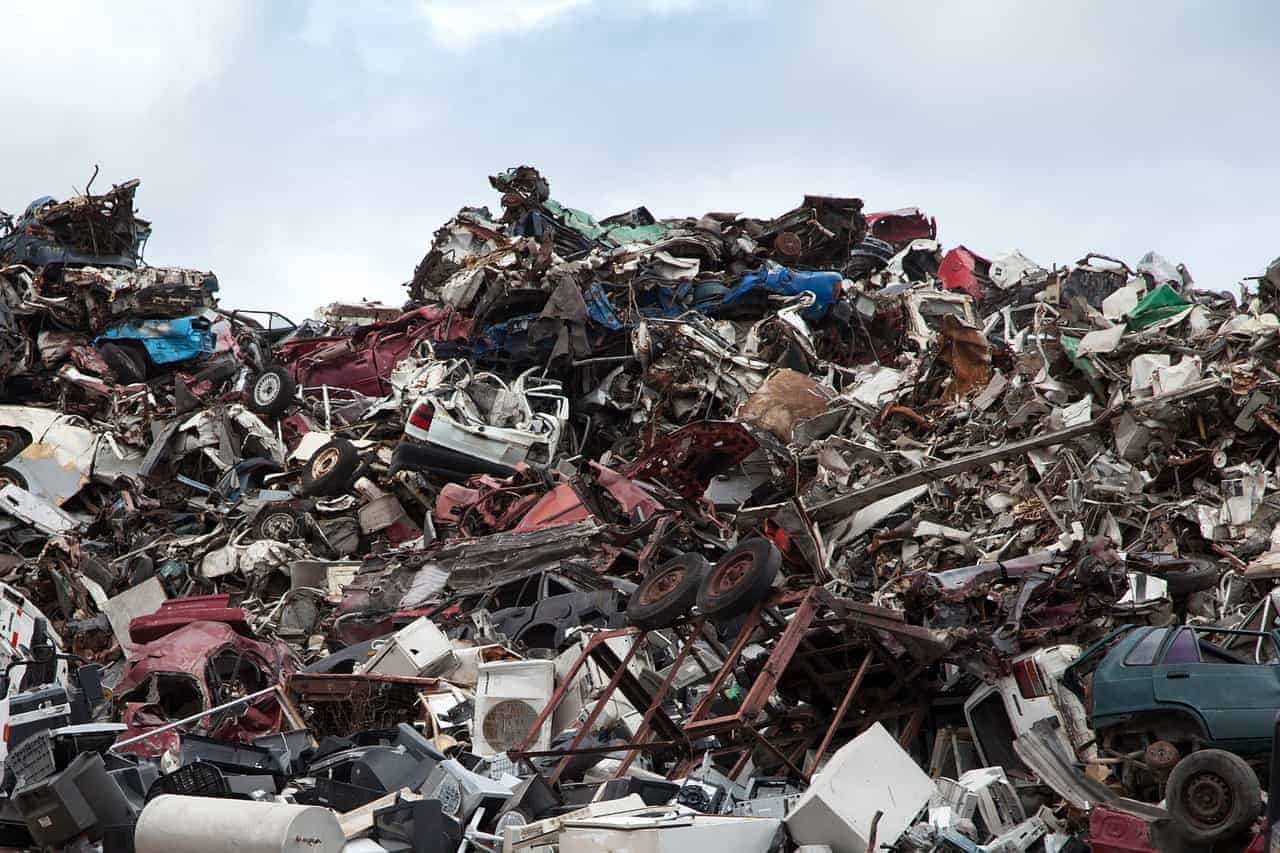The value of specialist software
We are moving to a circular economy – one where we reuse as much as we can to avoid plundering the earth’s natural resources for raw materials to make new products. Adopting a circular economy approach is critical if we are to fight the global climate emergency, and it also provides a serious commercial opportunity for companies in these industries.
Companies who are either thinking of entering this space, or who already carry out waste and recycling contracts and want to add a reliable additional income stream from scrap metal recycling, need to make sure they have all the right tools in place to help them.
The secondary scrap metal market is a good income stream for many waste and recycling businesses, and in order to improve margins and maximise profits. The best margins come from efficient processes, and the best way to get these started is with specialist, integrated metal recycling software.
The benefits of metal recycling software →






